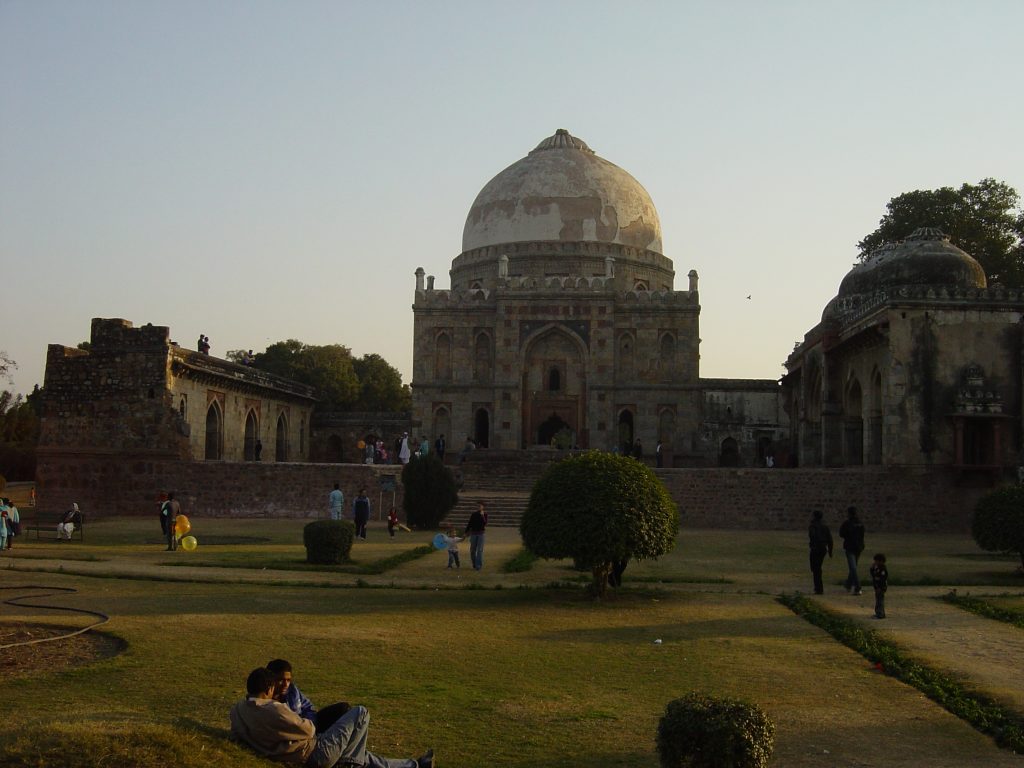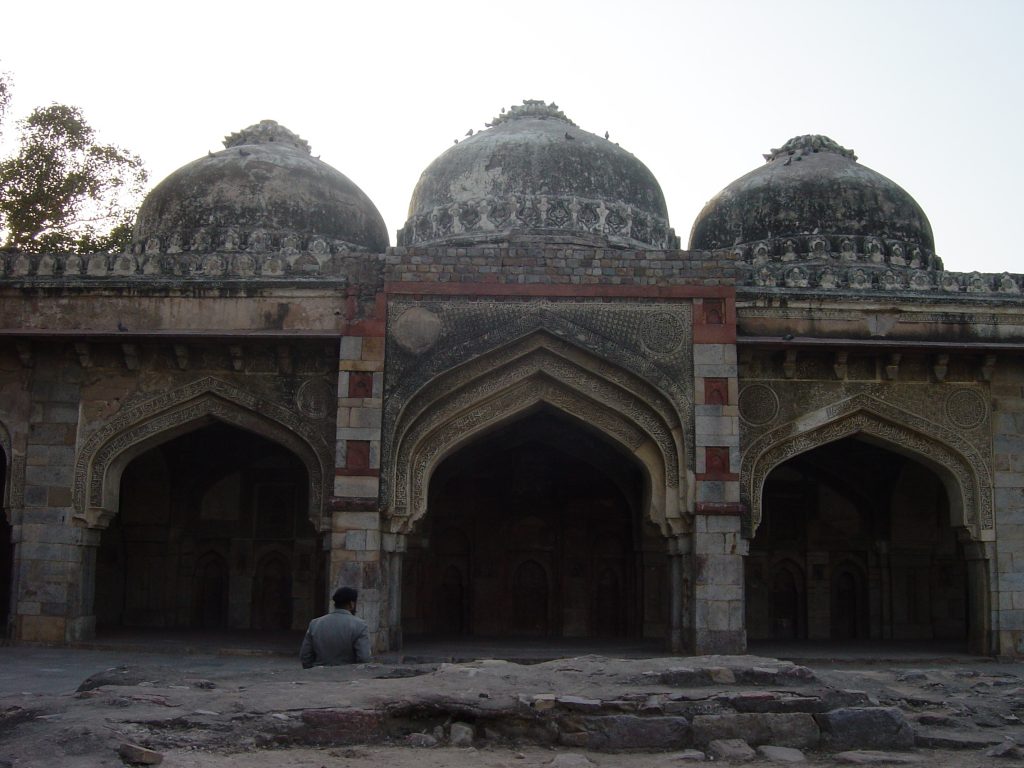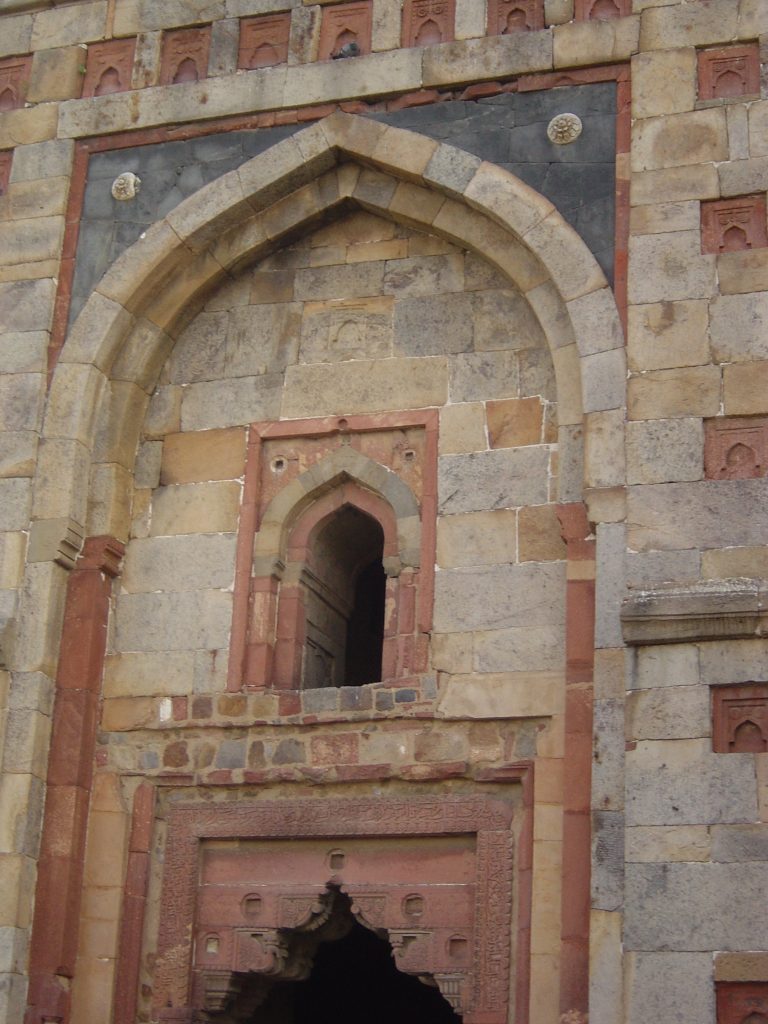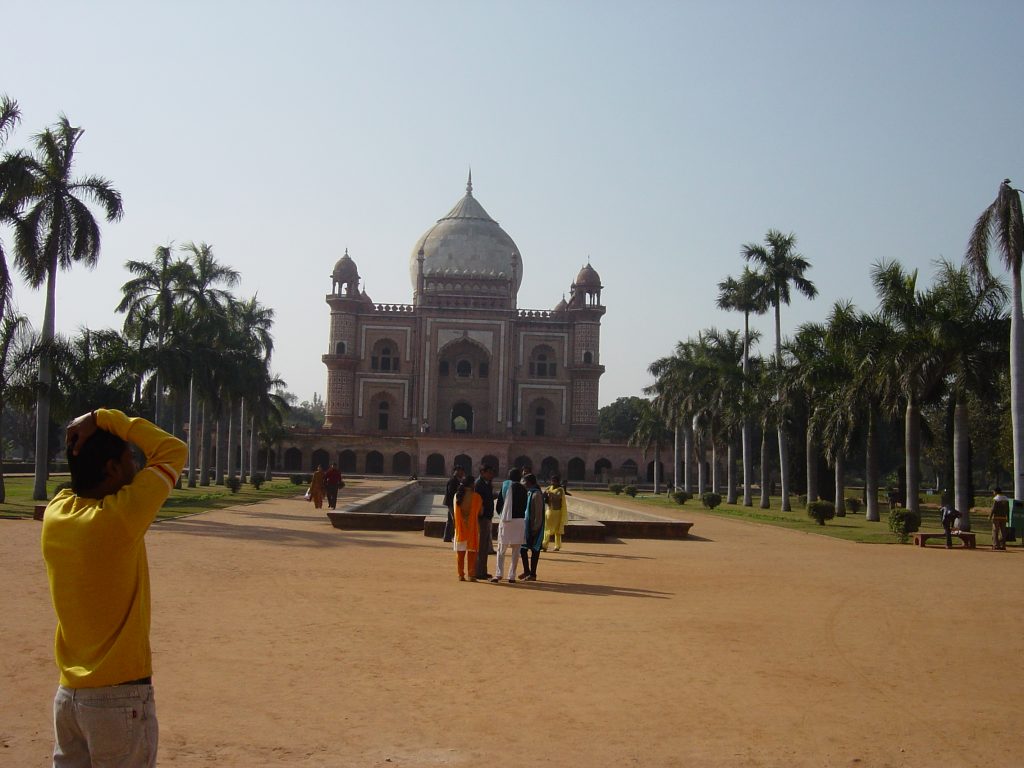Humayun Tomb, Lodi Garden and Safdarjung Tomb in New Delhi
Humayun Tomb, Lodi Garden and Safdarjung Tomb in New Delhi

In the center of New Delhi there are several interesting monuments to visit, especially related to Islamic art and the Moghul dynasty. If you have time and you do not have to run away from the capital, here are three places to visit where you can relax in the green, out of the metropolitan bustle.
Humayun Tomb
 The Humayun Mausoleum, a UNESCO heritage site, is one of the monuments not to be missed during the visit of New Delhi. Built in the mid-sixteenth century, with its 47 meters in height and 91 meters in length striking for its compact and powerful dimensions.
The Humayun Mausoleum, a UNESCO heritage site, is one of the monuments not to be missed during the visit of New Delhi. Built in the mid-sixteenth century, with its 47 meters in height and 91 meters in length striking for its compact and powerful dimensions.
Erected at the behest of Persian wife Bega Begum, the Mausoleum collects the remains of Emperor Humayun, second of the Moghul dynasty in India. The monument combines elements of Persian, Turkish and Indian art.
The central body rises from a platform of 7 meters with a series of ogive arches. From the base there are four perpendicular avenues, towards the surrounding garden restored under the British Empire. The four avenues represent according to the Persian culture the rivers of Paradise, consisting of: water, milk, honey and wine’ streams.
The central body is surmounted by a heavy white dome that contrasts with the sandstone below. The huge ogival portal is flanked by two smaller wings with kiosks, also with ogival portals. The geometric decorations of white marble give the monument elegance and sumptuousness.
From the inside vaulted room where Humayun sarcophagus lays, eight smaller rooms are connected; in the whole complex the royal and noble family are buried, including the Sufi saint Nazrat Nizammudin Aulya.
Lodi Garden
 If you are in the center and you need a break in the green, I recommend you stop in the peaceful Lodi Garden, where there were erected mausoleums in honor of the dynasty Lodi, the last Sultanate of Delhi. The garden is recent, in fact it was inaugurated in 1936 under British rule.
If you are in the center and you need a break in the green, I recommend you stop in the peaceful Lodi Garden, where there were erected mausoleums in honor of the dynasty Lodi, the last Sultanate of Delhi. The garden is recent, in fact it was inaugurated in 1936 under British rule.
The mausoleums where the members of the noble families of Lodi and Sayyid are buried are not recent. The most remarkable remain the Mausoleum of Muhammad Shah and Sikander Lodi, erected the first in the fifteenth century, the second in the early sixteenth century. The compact central bodies are surmounted by a heavy dome typical of Indian architecture of the period. The bodies are kept inside an octagonal room.
Also worth visiting is the tricuspidata Mosque, whose decorations and forms show how the Islamic architecture was influenced by the previous Hindu art, as well as the rest of the monuments in the green area.

The park is open to the public; so there are many families, couples and companies of kids who come here to rest. Personally, I found it very relaxing to walk in the Park at the end of the work, when hundreds of birds of various species took refuge on the foliage of the trees that seemed to explode such was the strength of their chirp. Also in the area you will find Safdarjung Tomb and Khan Market.

Safdarjung Tomb

Staying near and continuing with the theme of green, another place to visit is the Tomb of Safdarjung, built in 1754 in Moghul style, as you can see from the use of sandstone that contrasts with white marble.
Safdarjung was the Prime Minister of the country under reign Ahmad Shah Bahadur. Of Persian origin, this politician succeeded in making fortune thanks to parental bonds and Machiavellian spirit, so much to get an influence almost greater than the ruler; which cost him the removal from the court. It was his son who requested the construction of the Mausoleum in honor of his father’s memory, a request finally consented.
The peculiarity of the Mausoleum is that it hostes the square burial chamber inside an elevated platform accessible by a steep staircase. The statesman’s body togetether with his body’s wife rest in an underground crypt. On the sides of the walls decorated with square geometries where white stands out on the red there are four polygonal towers with kiosks. The compact body is surmounted by a remarkable white dome.
The Indians, especially the couples, use to come here to walk in the huge surrounding garden, in the “Italian” style and full of various species of birds that use the green area as an oasis in the city center.
For information on the Qutub Minar, click here.

Pingback: Place to not miss of the modern New Delhi, India - Erica Leoni
Pingback: Adventure at Taj Mahal, the white Indian wonder - Erica Leoni